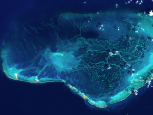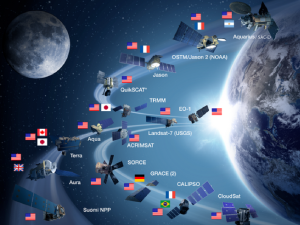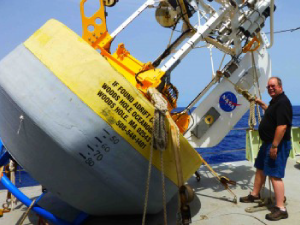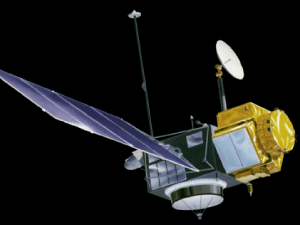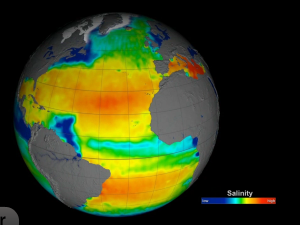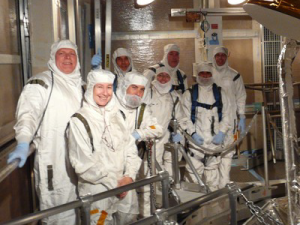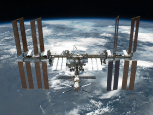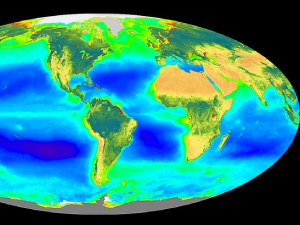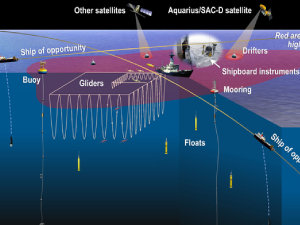Education: Webinar Clips and Resources by Scientist/Educator
Program Scientist
NASA Headquarters
Dr. Lindstrom has degrees in Earth and Planetary Sciences and Physical Oceanography from Massachusetts Institute of Technology and the University of Washington, respectively. His scientific interests include circulation of the ocean and air-sea exchange processes. Read more about Dr. Lindstrom
here.
In this clip, Dr. Eric Lindstrom gives viewers a comparison between early seagoing vessels and earth-observing satellites.
Dr. Eric Lindstrom makes the case that oceanography is inherently an international endeavor and that satellite operations are no different in this introduction to the fleet of earth observing satellites currently orbiting our planet.
Dr. Eric Lindstrom explains the complex features of the sensor web used during SPURS and their functions within the web. He talks about the technology used in each of them (many use satellite-tracking) and the kinds of data that can be collected from them.
Ocean-observing satellites are able to measure a variety of properties including weather, salinity, temperature, and ocean color. Dr. Eric Lindstrom talks about the evolution of these satellites and how they have progressed to give us more detailed views of the worlds oceans from space.
Collecting data has many challenges, whether it is in the ocean, or the vast and hostile environment of space. Dr. Eric Lindstrom addresses some of the challenges of collecting good data in difficult conditions.
In this clip, Dr. Eric Lindstrom walks us through the inner workings of the Aquarius/SAC-D satellite, whose current mission is to measure global ocean salinity from space.
Dr. Eric Lindstrom talks about the connection between ocean-going vessels and ocean-observing satellites and how both are vital in learning more about how ocean circulation works and affects our planet.
Just like the land, the ocean has areas of high evaporation, little rainfall, and little life - and they are the ocean's "deserts". One such area contains the Atlantic ocean's salinity maximum, where the SPURS cruise took place.
The process of studying the ocean has changed dramatically since the first ocean explorers set out on ships. Dr. Eric Lindstrom explains that modern-day oceanographers are using new technology to create a "sensor web" to study ocean interactions - changing the face of oceanography.

